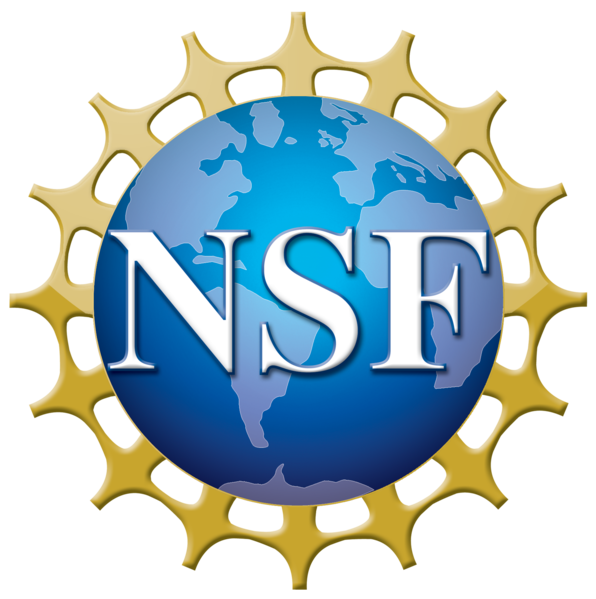About Thrust 3
Quantum repeaters, as well as other special-purpose quantum computing devices like networking gateways, will require quantum memories, as well as spin-photon interfaces to interface qubits to the modern telecommunications infrastructure. Each of these subcomponents presents its own engineering challenges and requires collaboration across multiple disciplines.
Thrust 3 Projects
Color Center Quantum Memories
- Modeling decoherence in a group IV vacancy in diamond color center qubits
Single Photon Detection
- Delivering improvements in photon detection, and material-driven improvements in relevant metrics.
All-Photonic Cluster States
- Generation of separable photon pairs for photonic entanglement and heralded single photons
- Satisfying the group-velocity mismatch condition for generating a spectrally separable two-photon state at telecommunications wavelengths
Superconducting Spin Control
- Leveraging the low loss in superconducting transmission lines for spin control of diamond vacancy spin qubits
- Mechanically controlled spin memories for quantum networks
Qubit Conversion
- Numerical modeling of multi-defect spin dynamics in a hyperfine field
Thrust 3 Lead

Marko Loncar
Tiantsai Lin Professor of Electrical Engineering and Applied Physics
Harvard College Professor
Harvard University, John A. Paulson School of Engineering and Applied Sciences
Research
- Thrust 2, Thrust 4 and Testbed
- Realistic device metrics and capabilities
- Device and material requirements for quantum repeater systems
Diversity & Culture of Inclusion
- QuEST Participation
- Diverse student recruitment
- Mentoring
Engineering Workforce Development
- Open-source materials and device theory, modeling, fabrication and characterization
Innovation Ecosystem
- Application needs-driven device requirements and training opportunities
- Versatile, reusable, multi-purpose scalable photonics quantum devices, IP

